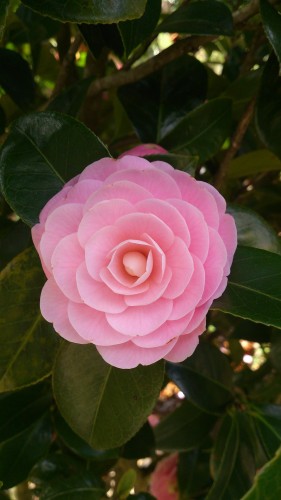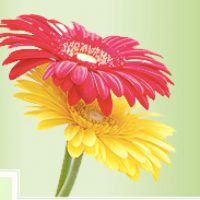All posts tagged Chinese tea
Meet Camellia Sinensis, The Tea Plant
Had a cup of tea today? If you are like most people, the answer is an emphatic yes. And chances are that you did not give the sweet, refreshing beverage much thought. Here is what you need to know about the tea you just drank.
Continue reading [...]

